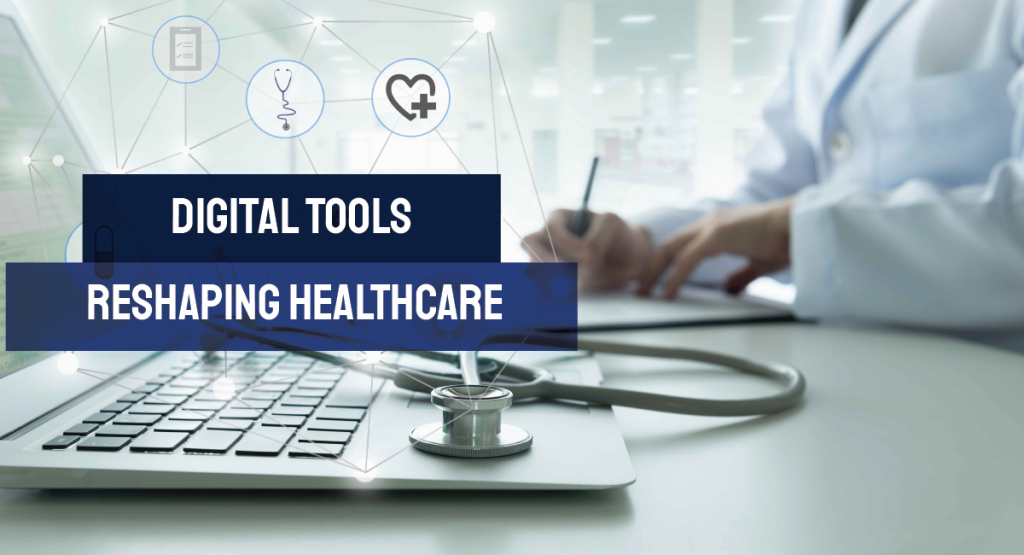Patient Engagement Platforms: 7 Must-have Features – Fingent
Custom patient engagement platforms improve caregiver-patient interactions today. Here’s how.
With the COVID-19 pandemic restricting face-to-face engagement, patients have started using telehealth (telemedicine) technology and other digital channels to receive healthcare services. The growth of digital healthcare will increase the demand for healthcare technologies in the future. 81% of people (patients) want healthcare providers to know them individually and deliver more personalized and meaningful experiences.
While support programs like teleconsulting do not replace the physical presence of healthcare providers, they offer valued information, which is the need of the hour. With stay-at-home mandates, social distancing, and lockdowns, telemedicine is the vital care model that boosts patient engagement today. Personalized patient engagement fosters trust among patients and ensures continuity of care. So, in times of pandemic and beyond, patient engagement platforms will play a crucial role.
Read more: 5 ways to optimize the revenue of your medical practice and clinical processes
Patient engagement and its growing significance
In simple terms, patient engagement is a concept where patients are actively involved and considered important decision-makers in their care.
Engaged patients are:
- Informed- as they understand their health status and the treatment.
- Empowered- as they believe they can change their health outcomes.
- Heard- as they can communicate with their providers better and participate in shared decision-making.
What is a patient engagement platform (PEP)?
A patient engagement platform is an application that enables patients to interact with healthcare providers via their mobile device, tablet, or computer. The patient engagement platform keeps the patients involved beyond the four walls of the hospital.
When implemented effectively, patient engagement platforms can help streamline access to medical records, provide appointment reminders, enable self-scheduling for patients, and deliver patient education or awareness.
How do patient engagement platforms help?
Patient engagement platforms (PEPs) can help automate the following processes.
- Send reminders to patients regarding their postoperative treatment protocols
- Allow patients to update mobility reports and pain score
- Deliver educational content
- Manage images of wounds
- Record and monitor health vitals like BP, FBS, BMI, etc.
Read more: 7 major impacts of technology in healthcare
What are the benefits of a patient engagement platform?
1. Ease the patient engagement process
A customized patient engagement platform helps improve your patient experience by assisting them in scheduling medical appointments. It can also help notify patients about their next visit to the clinic, or when they need to check their health vitals, or when their current medication course will be over. In addition, caregivers can use the patient engagement platform to track a patient’s medical history and use the data to channelize treatment plans when the patient pays a second visit.
2. Enable caregivers to focus on core competencies
With a patient engagement platform in place, patients can fill in medical forms, electronically scan their insurance cards, and consent from their mobiles, laptops, or computers. It will allow healthcare providers to focus on their core competencies and saves patients from standing in queues or long wait times. In addition, it can expedite the care delivery process during an emergency.
Case Study: Fingent partnered with Casenet’s Advanced Solutions Group to develop TruCare Insights as a reliable population health management platform. Download Now!
3. Empower care providers to make informed decisions
Healthcare organizations can use information like satisfaction scores, online appointments, wait times, and ROI to make informed decisions related to staffing and identify opportunities for improvement. Custom patient engagement platforms allow clinicians to track all this information effectively. It goes a long way in supporting clinical decision-making.
4. Optimize healthcare throughput
Patient engagement platforms allow online registration that ensures patients have less waiting time in the clinic. It enables healthcare providers to attend to more patients in a given time and improve data accuracy and demographics. In addition, patient engagement platforms spare medical professionals from time-consuming and manual data management processes so that they get time to receive advanced medical training. Nurses, physicians, administrators, and other hospital staff members can streamline their communication, increase staff satisfaction, and utilize data analytics to make strategic decisions.
Benefits to the patients:
- Patients are aware of the next steps, such as diet plans, exercises, medication plans, or next clinical visit
- Consistent and transparent care will be available 24/7
- Augmented patient engagement and experience
- Improved communication lowers preoperative stress and anxiety
Case Study: How did a data analytics solution help NHS gain financial, clinical, and geographical insights to improve visibility over their KPIs? Read Now!
What to look for in a custom patient engagement platform?
Given the changes in patient behavior, expectations, and changing healthcare landscape, healthcare providers will have to ramp up patient engagement strategies and implement the latest engagement technologies. Patient engagement platforms must enable providers to determine the best ways to deploy their expertise and services to their patients.
Read more: Digital tools reshaping the healthcare industry
So, make sure the patient engagement platform has the following capabilities.
1. EMR integration
The patient engagement platform should integrate with Electronic Medical Records (EMR). For example, the platform should receive data from the EMR, such as a referral or recall, and revert to the EMR.
2. Sentiment analysis
The main aim of patient engagement is to understand patients on a deeper, emotional level. So, it is crucial to leverage sentiment analysis technology. This will enable providers to recognize when a patient is happy or frustrated and respond accordingly.
3. Real-time and interactive patient communication
The platform must encourage bidirectional communication, specifically text-based messaging. In short, patients must be able to communicate with their health system easily.
4. Chatbot functionality and keyword actions
The use of chatbots and keywords in patient engagement platforms is trending. It helps reduce human intervention. So, the patient engagement platform should allow for automated responses to common questions such as “where are you located?” The platform must also enable keywords to trigger automation, such as scheduling a ride for patients who need a lift.
Read more: 5 leading chatbot use cases explained with real-life examples
5. Patient on-boarding
The platform should drive patients to the patient portal and help them register quickly and conveniently to get medical support on time.
6. Integration with other vendors
A single app can’t solve it all. It is just not feasible and is also not in your patient’s best interests. Make sure that your patient engagement platform integrates seamlessly with your other vendors. For example, the platform can offer billing features or even integrate with medical billing software, medical invoice management software, etc.
7. Boost employee adoption
Your staff must like and accept the patient engagement platform. If they don’t appreciate the new technology, it won’t fulfill its potential. In addition, you must ensure that the patient engagement platform enjoys enterprise-wide adoption and has a user-friendly UX and UI.
8. Offer multilingual support
As not all patients speak English, you will have to ensure that the platform supports different languages used or spoken widely by your patients.
Read more: 5 essentials to an effective healthcare application
Why should you adopt a custom patient engagement platform?
A custom patient engagement platform is specifically developed for your organization to cover your unique healthcare requirements and cater to your internal processes.
As such a platform is built from scratch, it gives you the freedom of choice for technology. Additionally, you can easily integrate this platform with third-party systems because you get to control the code entirely. Also, you will have full ownership of the final product and customize the software according to any relevant changes in your organization.
Benefits of a custom patient engagement platform
- High scalability
- Seamless integration to your existing infrastructure
- Enables integration with any new services you are willing to include in your medical practice
- Freedom to choose the technology
- Gain full ownership of the resulting solution
Custom patient engagement platform is best suited for medical practices that:
- Offer a wide range of services
- Plan to expand in size and services
- Have rigid workflows that are difficult to adapt
- Want to integrate the new solution with the existing system
Read more: The application and impact of information technology in healthcare
Develop your custom patient engagement platform with Fingent
At Fingent, we have the expertise and work closely with you to build a custom patient engagement platform to suit your business needs. Our experts help you select the best web development frameworks, database and backend technologies, data visualization formats, and leading front-end technologies to develop your patient engagement platform or any medical software that you would require.
Fingent helps you develop healthcare application platforms tailored to your needs, with top features like appointment scheduling, medical billing, patient feedback management, payment processing, chatbot, and fundamental to in-depth analytics. To know more, please get in touch with us.
Stay up to date on what's new

Recommended Posts
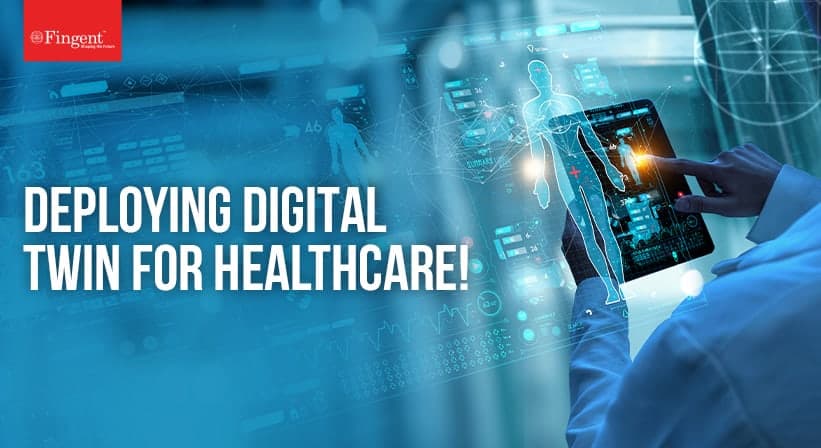
16 Feb 2022 Healthcare
Is Digital Twin Promising A New Era for Healthcare?
Over the next three years, 66% of healthcare executives are planning to increase their investment in digital twin, states a recent digital health technology report. Since the outbreak of the……
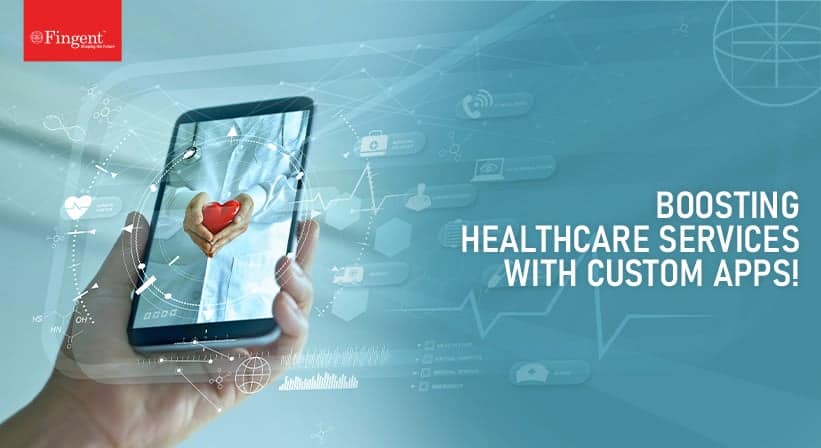
10 Feb 2022 Healthcare B2B
How Can Custom-Made Software Provide Superior Customer Service In The Healthcare Industry?
Healthcare is a vast customer service industry that is trying to improve patient health and healthcare processes. This patient-centric approach has evolved, especially after the COVID-19 pandemic. Virtual consultations and……
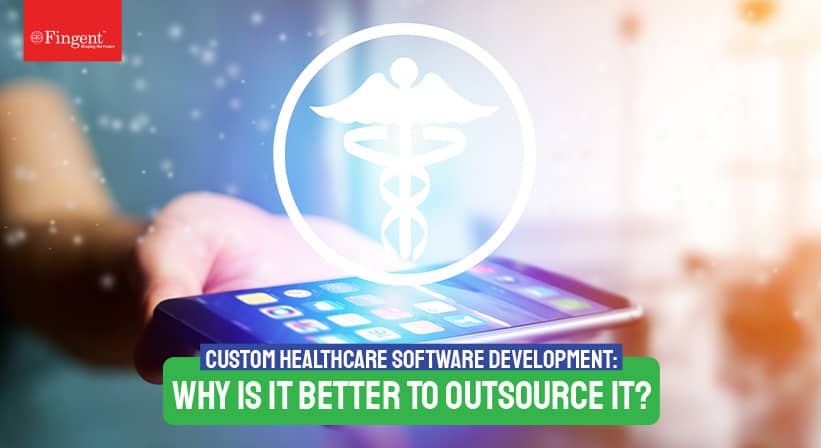
13 Oct 2021
Custom Healthcare Software Development: Why Is It Better To Outsource It?
With the ongoing COVID-19 pandemic, the healthcare industry is spiraling at an unexpected speed and is continuously inventing healthcare solutions to drive streamlined operations. Medical organizations are now largely depending……
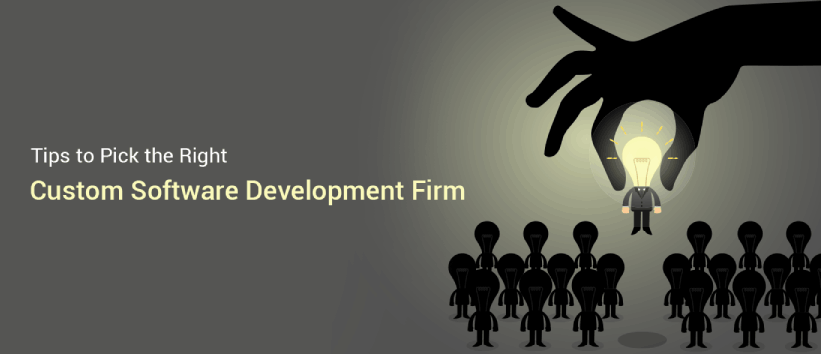
13 Aug 2021 Healthcare
5 Healthcare Digitalization Trends Crucial In 2021 And Beyond
Top Healthcare Digitalization Trends To Look For In The New Normal Healthcare digitalization is reshaping the way we interact with healthcare professionals, share medical data or make decisions related to……
Featured Blogs
Stay up to date on
what's new





